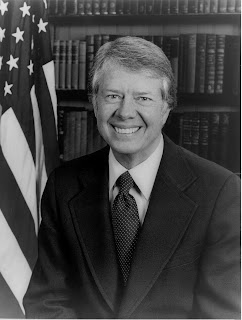
Wilson Eyre, Jr. (October 30, 1858 - Oct. 23, 1944) was an influential American architect and writer who practiced in the Philadelphia area. The son of Americans living abroad, he was born in Florence, Italy, and educated in Europe, Newport, Rhode Island, and Canada. He studied architecture briefly at the Massachusetts Institute of Technology, joined the Philadelphia offices of James Peacock Sims in 1877, and took over the firm on Sims’s death in 1882. In 1911, he entered into partnership with John Gilbert McIlvaine, and opened a second office in New York City. The firm of Eyre & McIlvaine continued until 1939.
Architect and author
Eyre is known for his deliberately informal and welcoming country houses, and for being an innovator in the Shingle Style. For his most important early houses, "Anglecot" (1883) and "Farwood" (1884-85), he used a similar plan: a line of asymmetrical public rooms stretching along a single axis, extending even outside to a piazza. Like many Shingle Style architects, he employed the open "living hall" as an organizing element in his plans. All of the main first floor rooms connected to the living hall, often through large openings. In addition, he used staircases to extend the space of the hall to the second floor. According to architectural-historian Vincent Scully: "This sense of extended horizontal plane and intensified "positive" scale evident in Eyre's work becomes later a basic component in the work of [Frank Lloyd] Wright..."Eyre collaborated with artists such as Alexander Stirling Calder and Louis Comfort Tiffany.
Following his early success, Eyre became a leader in the international country life movement, traveling to England and corresponding with British and German architects. He was one of the first U.S. architects to be featured in the Arts & Crafts magazine International Studio, and he was published by Hermann Muthesius, the chronicler of the so-called "English" house of the turn of the century. Among foreign designers, Eyre was arguably the best known domestic architect in the U.S. prior to Frank Lloyd Wright's rise to prominence. His post-1890 country houses, such as "Allgates" (1910, expanded by Eyre & McIlvaine 1917) are among the most accomplished American essays in the restrained stucco cottage idiom popularized by C.F. Voysey and Ernest Newton in England. He was one of the founders and editors of House & Garden magazine.[2] He designed many distinctive gardens with his residences, and wrote extensively of the need for interaction between rooms and outdoor spaces.
Eyre was also renowned for his distinctive artistic drawings, often in watercolor. His extant drawings are now housed in the Architectural Archives of the University of Pennsylvania. He was elected a Fellow of the American Institute of Architects in 1893. In 1917, he was awarded the Gold Medal of the Philadelphia Chapter of the American Institute of Architects. He taught at the University of Pennsylvania, and was one of the founders of the T Square Club of Philadelphia in 1883.



